How-To: Whip with Ben Townley
If you can’t do a whip, then don’t worry yourself too much. According to former Carlton Dry Honda rider, Ben Townley (or BT101), it’s a trick that only gets an airing after a race victory. So that means you (and us) that can read the next few pages and marvel over the jaw-dropping photos of BT defying physics, gravity and common sense, without feeling too inadequate with the gaping hole in our trick arsenal. So what’s the DNA of a Master Whipper? According to BT101, “You have to start with a great confidence in handling a bike over normal jumps.”
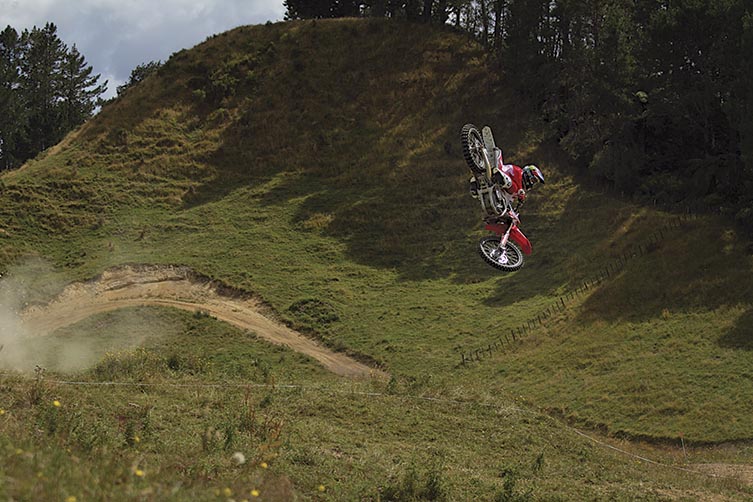
If you really are keen to learn this trick, then we’re keen to teach you. And that’s where the years of experience gained at winning (and whipping) around the world makes Ben Townley one of the most qualified instructors there is…

The most important ingredient of a tasty whip…
“There are three important factors when scoping out a suitable ramp for a whip – first, there must be enough run-up to the take off to allow you the required momentum needed, then the face of the jump must be at a sharp enough incline so that the bike literally ‘pops’ off the lip and into the air.
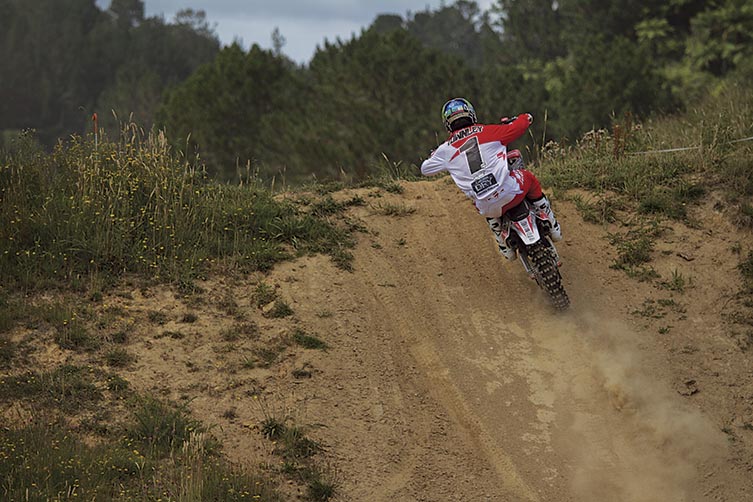
Lastly, the surface has to be firm enough for you to achieve the right traction and drive up the face of it. When you’re learning, you’ll probably favour a side to take off to and a certain jump that feels right for you. You’ll need this as you have to feel confident – you’ll need to hit the ramp faster than if you were just straight-jumping it. After all, this is just a trick, so you want it to look big and spectacular. Go big or go home, as they say. It’s important to select the right gear before hitting the up-face.
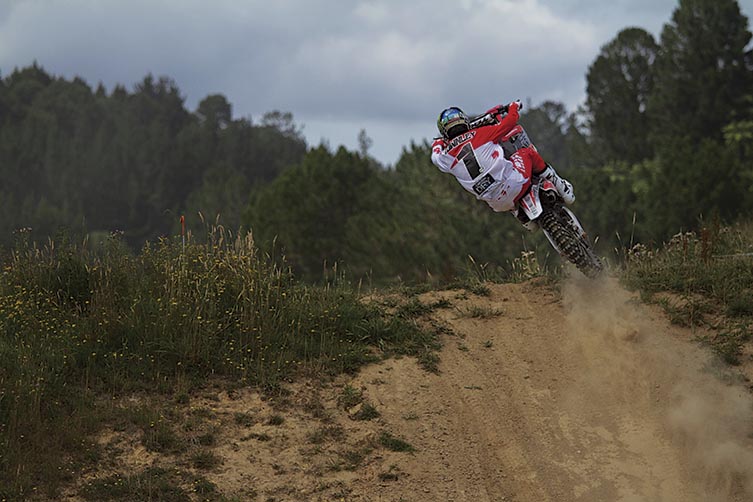
You want to torque up the ramp and into the air, using low to mid revs, so you have enough ‘extra’ rpm left to help settle and adjust the bike for the landing. At the base of the ramp, you’re practically on the same line as if you were just jumping normally, but you’ll aim to veer about 300-500mm off that line as you leave the lip – this is done in an arching motion (from bottom to top of the ramp), with your weight slightly to the inside to help the bike turn.
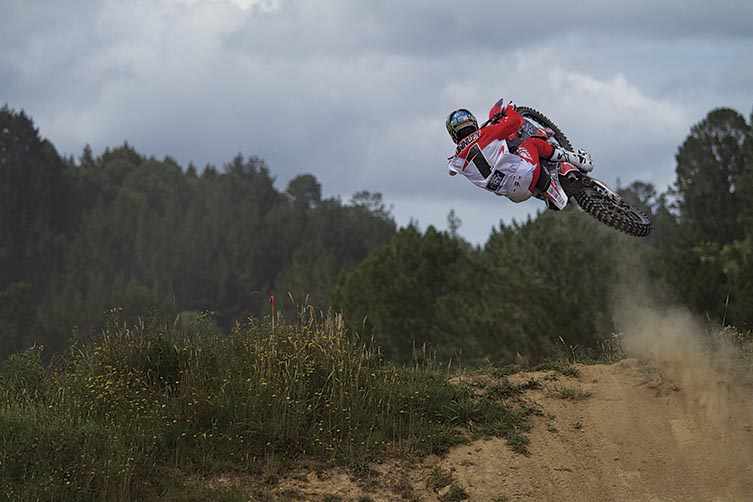
Your main bodyweight is in the same position as if you were jumping normally, too. As you get further up the face of the ramp, the bike will begin to dig into the dirt and the tyres will bite in deeper for grip. As the front begins to run off the lip and into the air, your bodyweight starts to return to a more central position and you’ll naturally start to countersteer the bike.
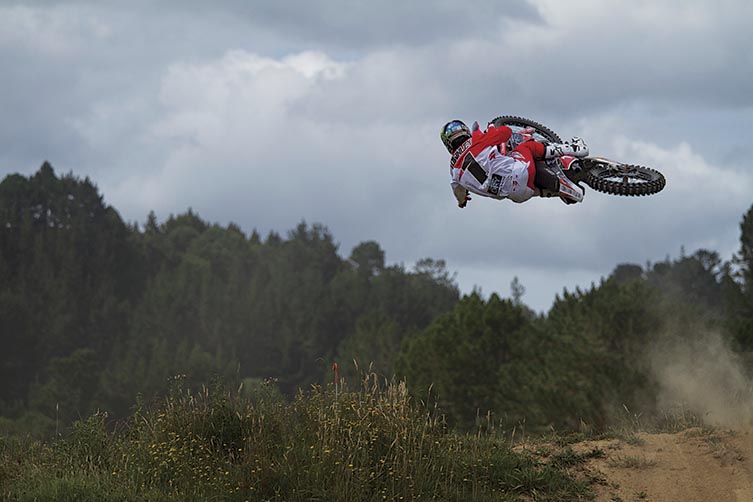
The steady throttle that you used to drive up the ramp now gets closed as the rear follows into the air and starts to arch up and around behind you. By cutting the throttle (and lessening the gyro effect on the back wheel), it’s is free to rise and turn around the headstock.”

Double phat whip being served while you wait…
“In leaving the ramp behind, you’ve also said ‘goodbye’ to the majority of your control over the flying bike. This is why the lining up and execution of the take-off is so vitally important. As the bike leaves the deck, the flightpath is set and there are only slight trims you can do to alter the course. With whip experience comes the understanding of exactly what sort of jump you’ve just given birth to. With the throttle closed (and the corresponding diminishing gyroscopic effect) and the momentum of the take-off acting on the bike and rider, the rear will continue to rise in an arch and you’ll have to move your body to accommodate this. At the height of flight, and as the countersteering moves to its natural conclusion, my inside hand is barely touching the bars as my torso moves past the normal seated riding position and up towards the top-side of the now-horizontal bike.
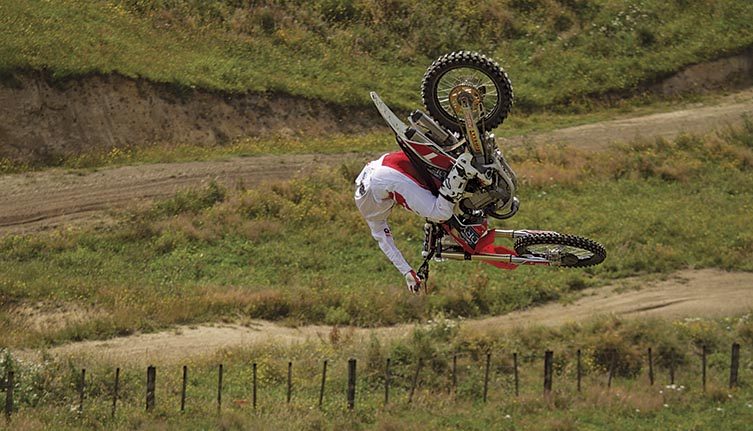
At this point, it’s essential to keep my lowermost foot on the peg. This is because it becomes the main point of contact with the bike – after all, my inside hand has only a fingertip grip on the bike and my other hand is connected to a moving part of the machine: the handlebar. But much harder is to keep the uppermost foot on its peg, although this is less essential from a control point of view than the lower foot – it just looks better if both stay on. Again, experience will tell you how far around to let the bike go flat, and then nose-down, in terms of speed, height and time needed to get ready to nail the landing, but any ‘body English’ comes only from the torso, not movement of your head and shoulders. It’s not a battle up there, but more the control of a graceful flight. You’ll feel the bike drop as you pass the height of the jump’s trajectory – it’s now that your attention turns to spotting and nailing the landing.”
Back to Earth, hopefully without a bang…
“There are two main things that have to happen here, and gravity becomes both saint and sinner in the outcome. The bike naturally wants to fall to Earth, which can be a problem as it’s still on its side and gravity is looking for the shortest route, regardless of how much it might hurt you. Lucky then, there’s the throttle to help you. If you watch an FMX show, you’ll hear the engine scream just before landing as the rider uses the increased gyro effect of the spinning rear wheel (and the saintly part of gravity) to get the hoop to drop below the bike and be the first thing that makes contact with the ground.
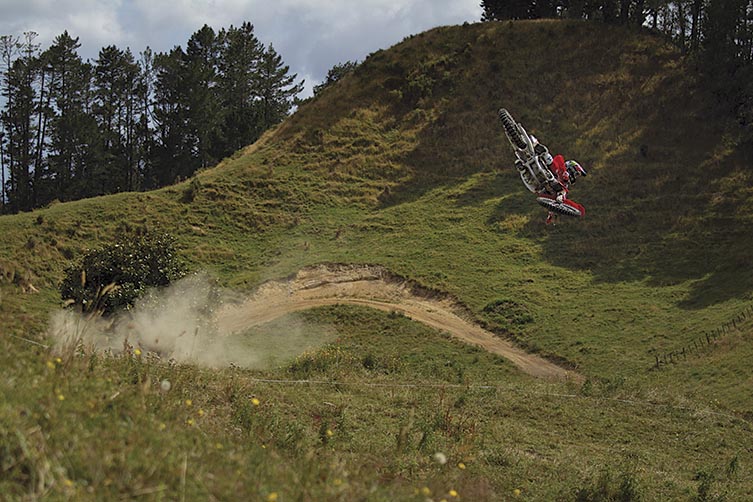
With the rear wheel spinning violently, the bike actually wants to right itself, given enough time. The roar from the exhaust might be part showmanship, but using the throttle is essential for getting an out-of-shape bike to resemble something suitable for landing. And we’re not talking about a few half-arsed blips of the throttle that does this – prolonged high revs are needed to ensure the wheel rotates fast enough, causing a twisting effect that travels from the rear wheel spindle, up the swingarm and reaches every part of the bike, rider included.
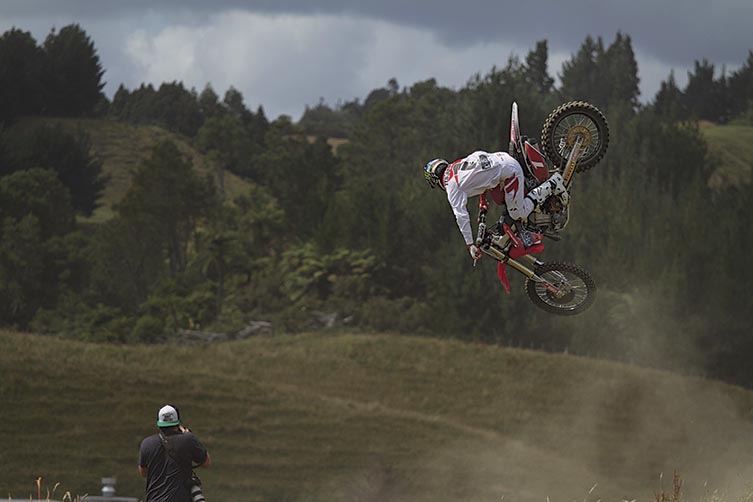
Not all whips need this throttle help – it just depends on how far round you go. So, even though it looks like there’s plenty of body movement being performed by the rider as the bike gets back to normal, there’s really little they are doing apart from automatically compensating to a change in the bike’s attitude. It’s really isn’t a question of manhandling the spinning bike back into shape, and being tardy and half-committed with the throttle can spell disaster. It’s important to regain control of both ends of the bars and plant both feet back on the pegs before landing, otherwise there can be trouble and pain in riding out. For the actual landing, most times the bike doesn’t land straight on, even if it looks that way from the sidelines. You’ll quickly get to judge at what angle you land safely and when you’ll need to find more or less throttle. Or religion!”
About Ben Townley
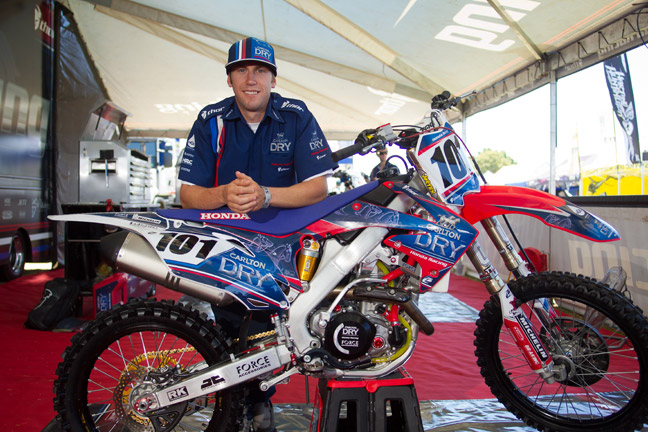
Not many people have a trophy haul to rival that of Ben Townley. The 28-year-old Taupo ( NZ) resident has a two-decade cache of silverware, including 14 Junior titles, and world MX2 title and an AMA SX Lites championship. Not bad for a guy who only started riding when a mate brought a motorbike to school. But forget the wins and titles; this guy knows how to seriously whip a bike inside out, right up there with the best FMXers.
Related Content

HOW-TO: BUBBA SCRUB WITH JS7
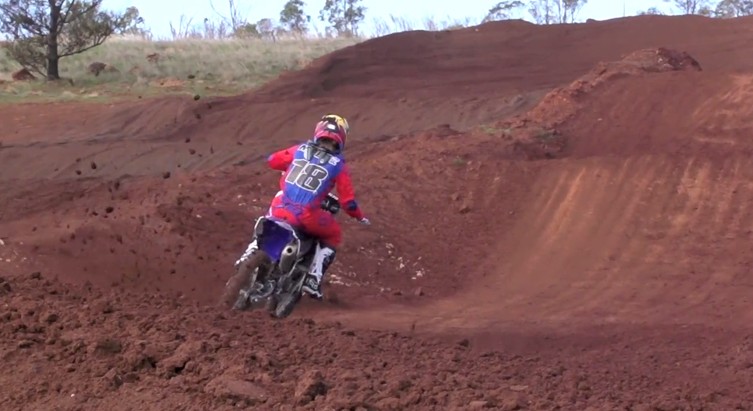
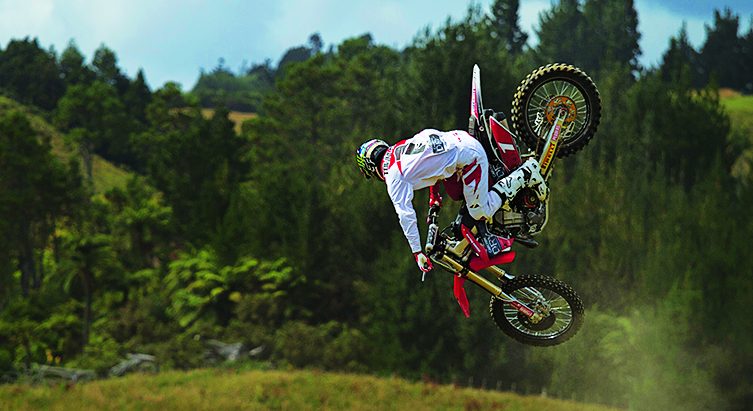








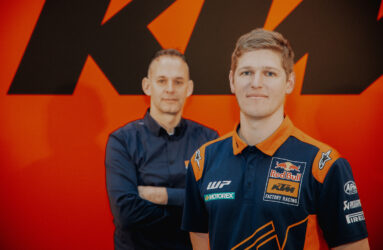
Be the first to comment...